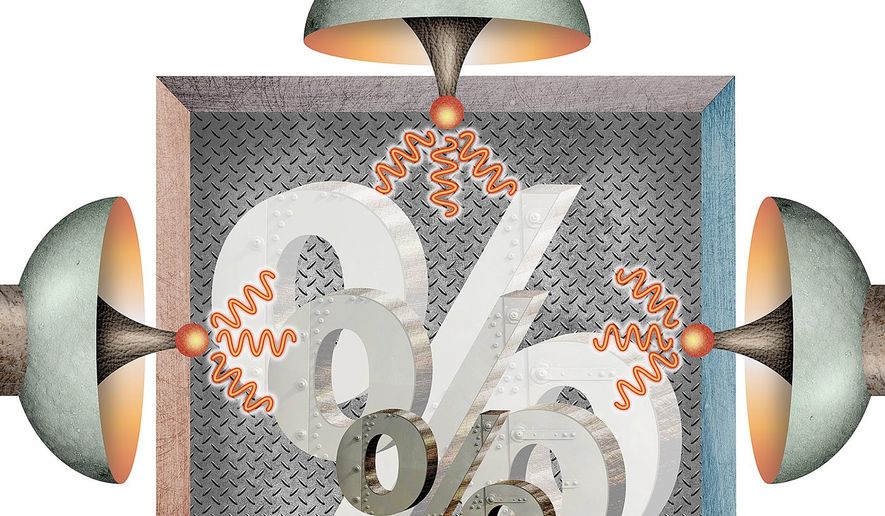OPINION:
Whenever I’m asked whether the Trump tax cut is for the rich, I say yes. It is a tax cut for the rich. It is a tax cut for the middle class. It is a tax cut for small businesses. It is a tax cut for the Fortune 100. If you pay federal income taxes, you will in almost all cases, be getting more take-home pay come January 1.
One of the ironies of the mantra of tax cuts for the rich is that many upper income people I know in states like California, New Jersey and New York complain to me they are getting a sizable tax increase. The lower income tax rates don’t compensate for the loss of the state and local tax deduction.
Well, yes, under the Trump tax plan we are no longer going to subsidize big government in blue states. Now those who choose to live in blue states are going to have to join with their neighbors, collect their pitch forks, and demand tax and spending cuts from city hall and the state capital.
Here’s some advice to blue state pols: Start with paring the hyper-extravagant pensions and stop paying your government employees 30 percent more than comparable private sector workers get.
Liberals from blue states argue that red states tend to get more money from the feds and they pay less taxes. But here again, blue state voters are the ones responsible for these inequities. Blue staters tend to send liberal politicians to office, who then vote for bigger federal spending — even though a greater share of the money goes to the red states. Maybe somebody needs to write a book called: “What’s the Matter with Massachusetts.”
What is not true is that the rich get all the benefits of the tax cut and tens of middle income families pay more.
Cato scholar Chris Edwards recently put the lie to that claim. He examined the impact of the tax bill on the average tax filer in every income group with an income above $40,000. He didn’t include people below that amount because very few in that income range have any income tax liability — and you can’t cut taxes on people who don’t pay taxes.
Edwards’ remarkable analysis is shown in the table. As the family income levels go up, the percentage reduction in tax burden goes down. People who make between $40k and $50k, lower middle class, see a 50 percent reduction in taxes paid. People who make more than $1 million see a 6 percent reduction in taxes — again depending on what state they live in.
By the way, the left also leaves out another impact of the tax cut that helps the middle class. A higher stock market. Some 55 million Americans have 401k plans. Another 20 million have IRAs and at least 20 million more have pension plans. Where do you think that money is invested? Americans should look at their 401k accounts. They are surging in value in anticipation of the tax cut.
This has contributed to a surge of economic optimism and Christmas shopping and spending. You want to kill the economy — and Christmas? Follow Chuck Schumer and Nancy Pelosi’s advice and kill the tax cut.
That’s not likely to happen. There is a high likelihood this tax cut will be enacted before Christmas. My friend Arthur Laffer says that he hopes taxes go up for everyone next year — because Americans are going to be making a lot more money as prosperity spreads to every state. Talk about a Happy New Year.
• Stephen Moore is a senior fellow at the Heritage Foundation and an economic adviser with Freedom Works.




Please read our comment policy before commenting.